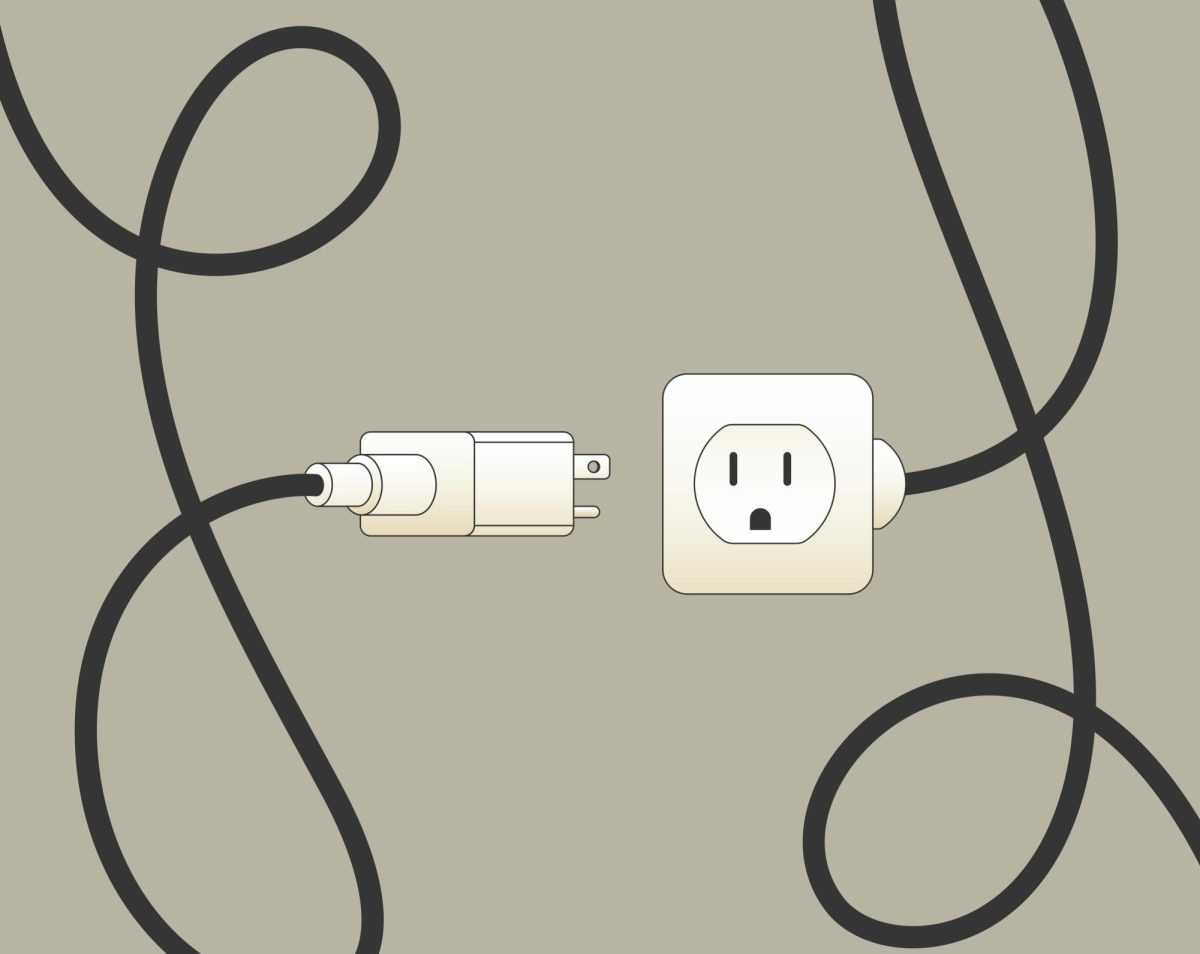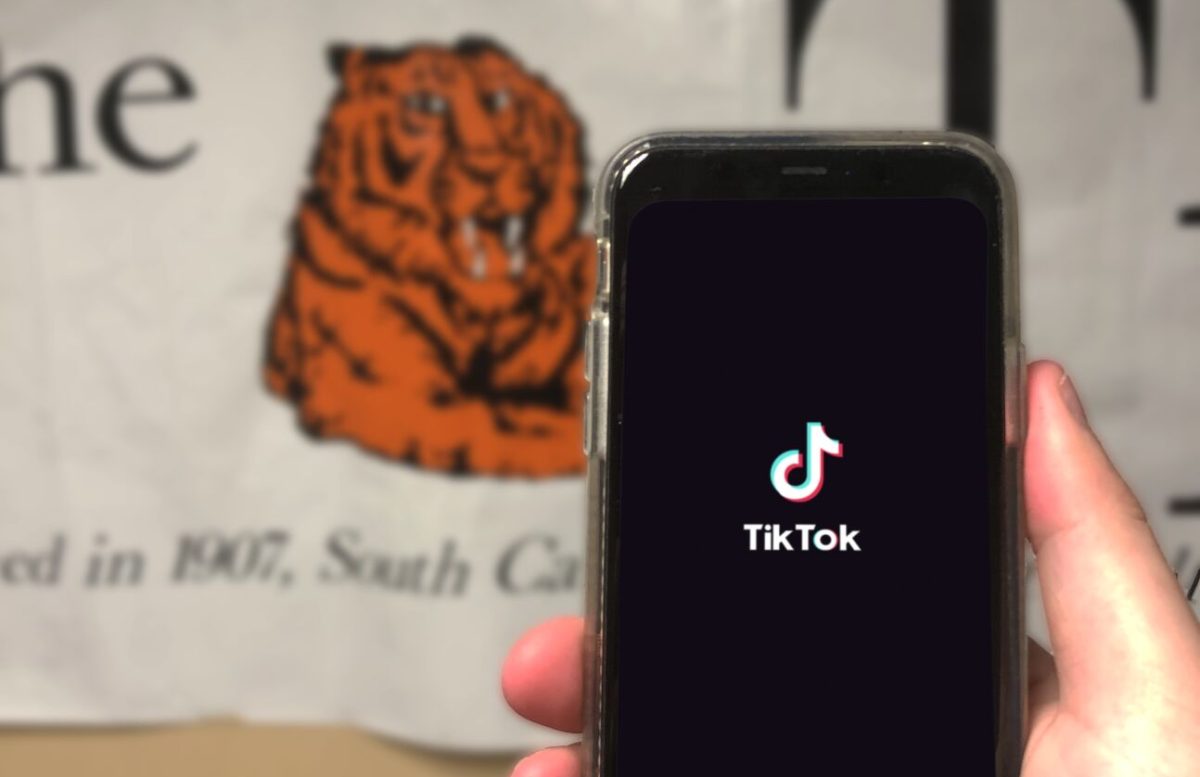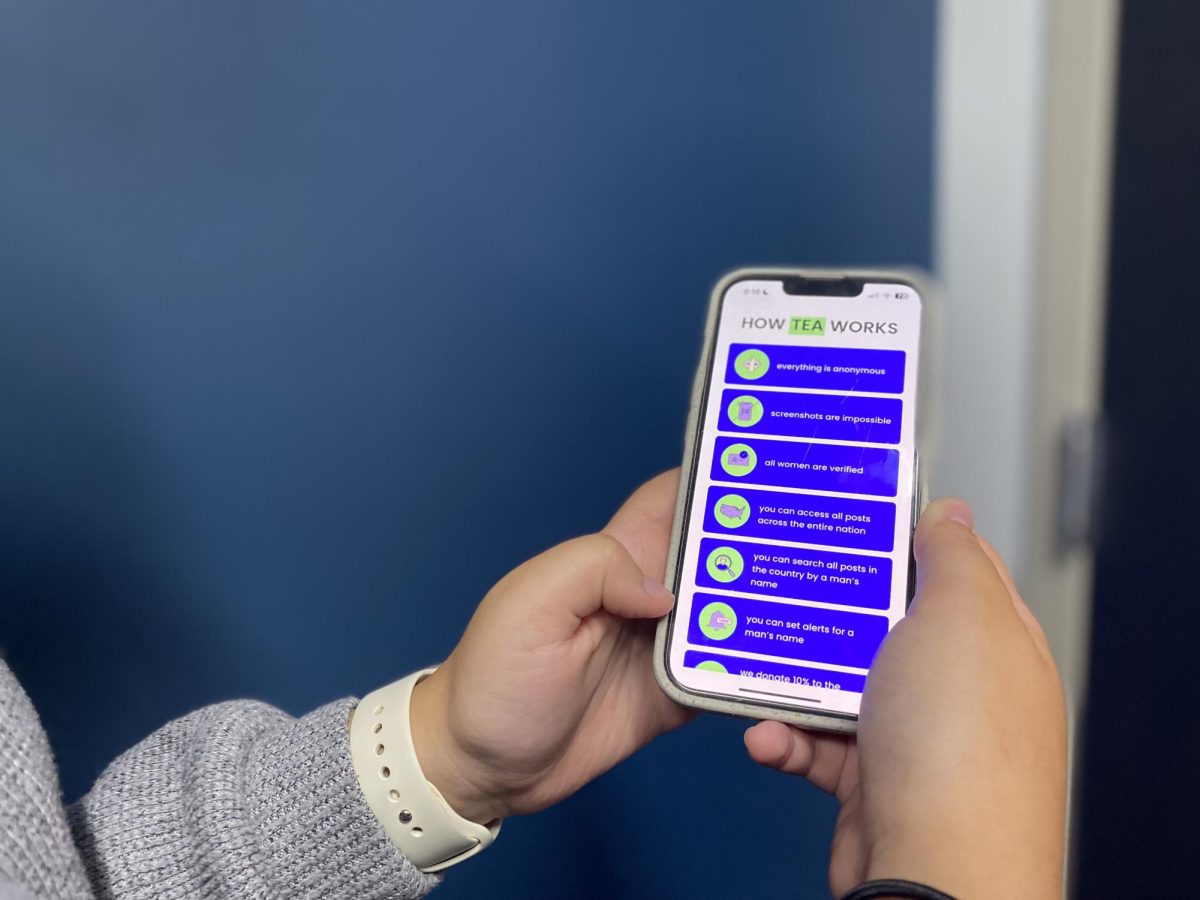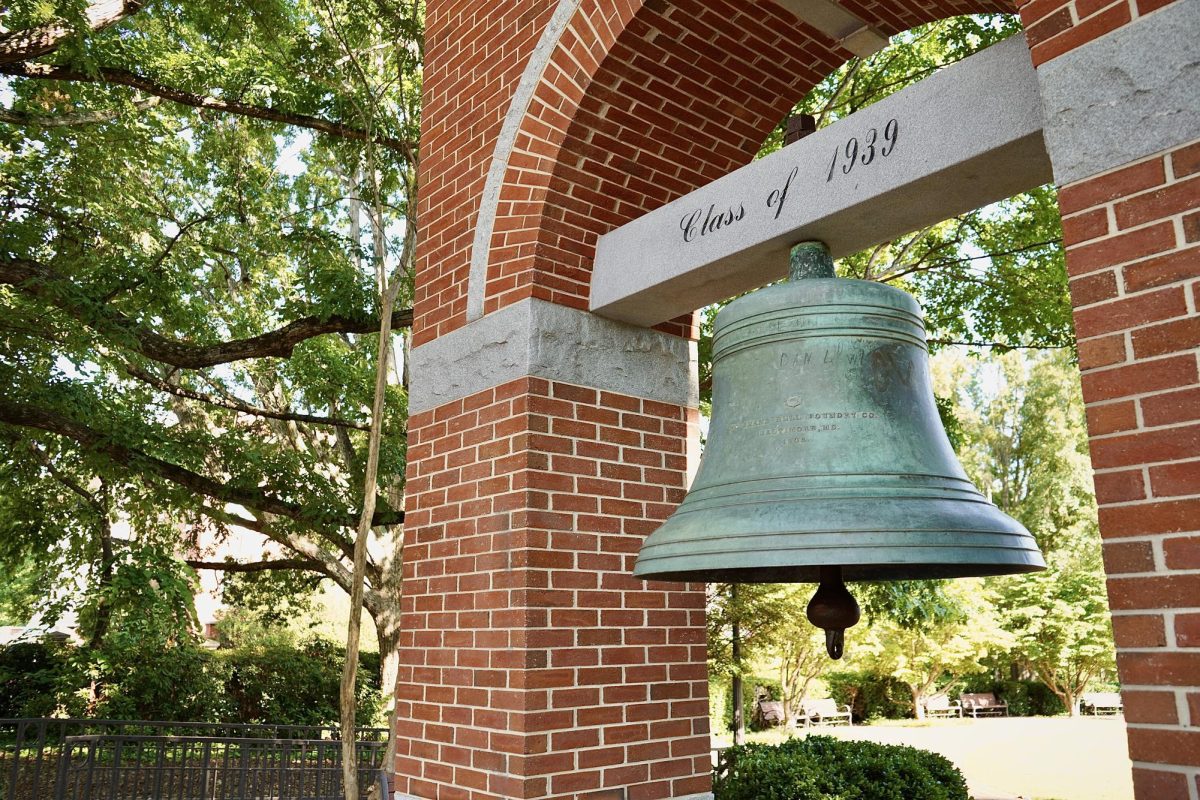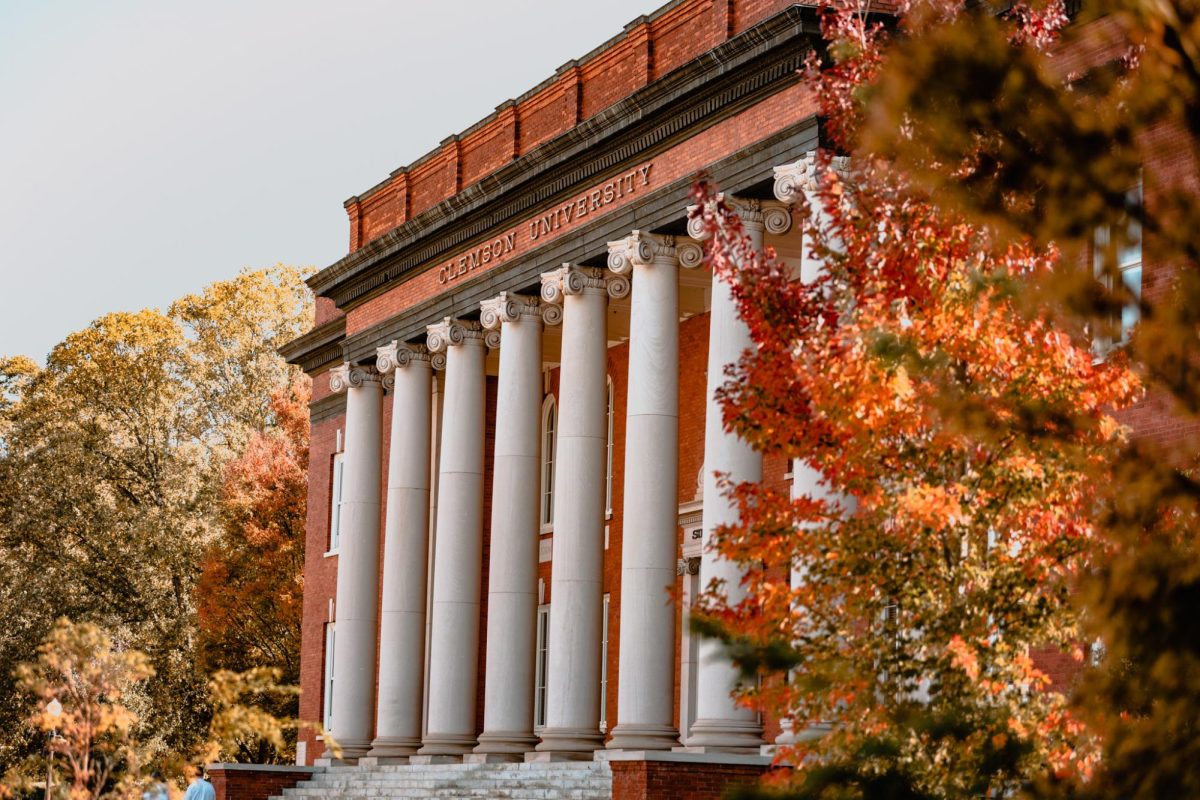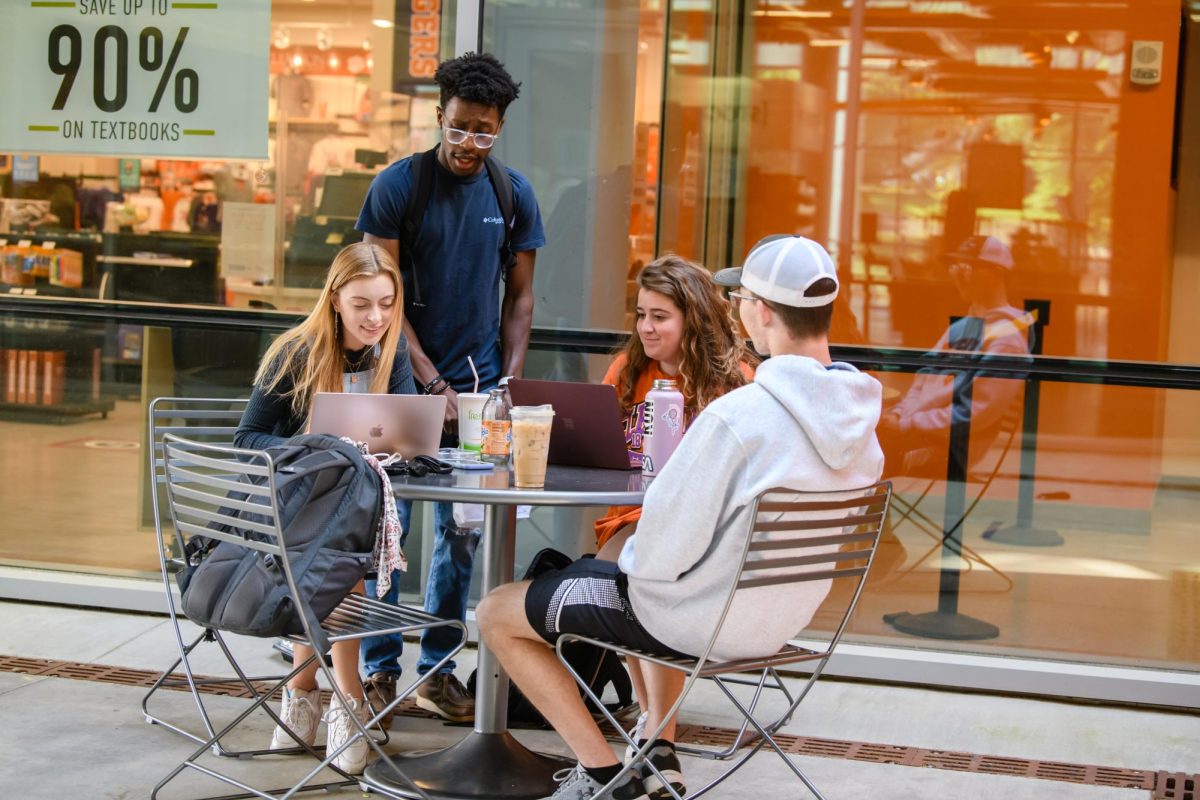In a rapidly expanding world of technology, social media is becoming the quickest and most convenient way to spread news. Users can easily share and comment on information, unsurprisingly, making it the most attractive news source for college-aged Americans.
As a matter of fact, 45% of people in the United States aged 18-34 use social media as their primary platform for daily news consumption, according to Statista.
Getting news is admittedly more accessible when one is already scrolling through social media, checking out friends’ latest pictures and videos. The format of news on social media is catered directly towards young adults as it is often displayed in quick infographics, explanatory videos or through our favorite influencers. This convenience, however, falls flat in comparison to traditional news outlets.
The ease of glancing at new information makes readers more susceptible to falling victim to fake news stories and giving in to “facts” that are not backed up by any factual information. Though some information on social media platforms can be trusted, a blanket trust of all news seen on these platforms is bound to end in misinformation.
Countless times I have stumbled upon TikToks of creators who market themselves as political commentators or so-called “experts” but spread misinformation. Comments will be full of support or infatuation with the news story that is being exaggerated or misrepresented.
The danger of misinformation in social media is much more prevalent than in traditional news outlets because it is generally produced by amateurs who do not have to go through a process of fact-checking or editing information before publishing.
The mechanics of social media, in itself, actively works against users to create biases. Though not doing so purposefully, the algorithms that go into constructing one’s social media feed make it more challenging to break biases when reading news stories.
Typically users will watch and like a video about how a politician they like is doing a great job with this or that, then like a post about a similar topic that supports their views. Soon their feed will send more information like the posts liked, effectively shutting out the perspective of the political opposition.
When one relies on the information found on socials above other news sources, they are only exposed to the perspective their algorithm thinks they want to see. This ineffective way of gathering news could only be countered if one actively makes an effort to look outside of their comfort zone. However, considering the appeal to news on social media is the ease with which news is stumbled across, this is unlikely.
False news is 70% more likely to be retweeted than authentic news.
We often scoff at our grandparents for believing some outlandish story they saw on Facebook, but then we turn around and do the same on other platforms. On Twitter specifically, false news is 70% more likely to be retweeted than authentic news, according to MIT Sloan research.
There are exceptions, however, to the general misinformation seen on social media. Many reliable news sources have social media accounts, including the Wall Street Journal (@wsj), The Associated Press (@apnews) and USA Today (@usatoday). Using social media for news should move to knowing where to look and stopping careless scrolling and sharing.
For all of the destruction social media has brought into the news spectrum, it also allows for a younger audience to be exposed to news that they would not otherwise hear, and younger generations are better at flagging fake news. This does not mean, however, that social media is a reliable news source.
Using social media for news is a lousy way to gain information, but it is not the apocalypse. Errors occur when people are lazy and distracted, not necessarily when people have malicious intent. Still, readers need to be careful when reading things on social media and ensure that it is truthful before hitting share.
Kylie Tutterrow is a freshman undeclared major from Spartanburg, South Carolina. Kylie has been a member since the fall 2022 semester.
Test bio box





